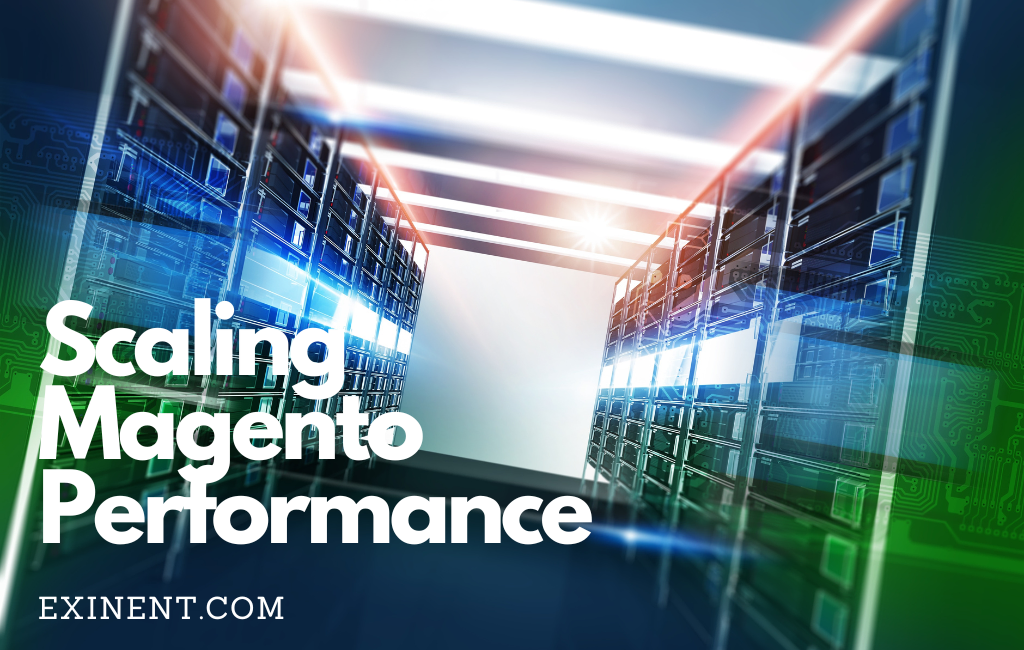
As an e-commerce business owner, managing high traffic becomes increasingly important as your business grows. Thankfully, Magento is a robust and reliable platform that can effectively handle large volumes of traffic and orders. However, to ensure your Magento website can keep up with your growing customer base, it’s important to follow best practices for managing high traffic. In this article, we’ll explore some key tips and tricks for optimizing your Magento website’s performance and keeping up with increased traffic.
1. Optimize Your Server Environment
Optimizing your server environment is one of the most crucial aspects of managing high-traffic websites. Your hosting provider should be capable of handling large volumes of traffic without slowing down or crashing. It’s recommended to use dedicated servers or cloud hosting to ensure the highest level of performance. Consider implementing a content delivery network (CDN) to distribute content across multiple servers and reduce server load. In addition, a CDN can significantly improve website performance by reducing load times and ensuring your website is accessible anywhere in the world.
2. Implement Caching
Implementing caching is another critical aspect of managing high-traffic websites. Caching saves a copy of your website’s pages and serves them to users instead of generating them from scratch each time. This process significantly reduces page load times and improves website speed. Magento comes with built-in caching capabilities, and you can also use third-party caching extensions to optimize your website’s performance further.
3. Optimize Images and Videos
High-quality visuals are essential for showcasing your products, but they can also significantly slow down website performance if not optimized correctly. To reduce load times, compress and optimize images and videos, and use lazy loading techniques to delay loading until needed. Magento comes with built-in image optimization capabilities, and you can also use third-party extensions to optimize your website’s visuals further.
4. Mobile Optimization
Mobile optimization is also critical for managing high-traffic websites. Since many customers access e-commerce stores on mobile devices, your website must be optimized for mobile use. A responsive design that adapts to a wide range of screen sizes and loads quickly on mobile devices can improve the user experience. Additionally, ensure your website is mobile-friendly by implementing mobile-specific features like mobile-friendly menus and buttons.
5. Content Delivery Network (CDN)
Utilizing a content delivery network (CDN) is another best practice for managing high-traffic websites. CDNs distribute content across multiple servers, reducing server load and improving website speed. They can also provide added security and protection against DDoS attacks. Cloudflare and Amazon CloudFront are two popular CDN services with Magento.
6. Monitor Website Performance
Monitoring your website’s performance is essential for managing high-traffic Magento websites. Regularly tracking website speed, page load times, and server uptime can help identify areas for improvement and optimize your website for better performance. Tools like Google Analytics can provide valuable insights into website traffic and user behavior.
7. Use the Latest Magento Version
Using the latest Magento version is critical for managing high-traffic websites. Magento’s robust features and integrations allow you to customize your website to meet your needs while handling large volumes of traffic, orders, and customers. Additionally, the most recent version of Magento allows you to integrate with more third-party tools and services, such as payment gateways, shipping options, and marketing tools, making it an ideal choice for scaling your e-commerce business.
Managing high-traffic Magento websites requires a combination of technical expertise and best practices. Optimizing your server environment, implementing caching, optimizing images and videos, implementing mobile Optimization, using a content delivery network, monitoring website performance, and using a scalable e-commerce platform are all essential for managing high-traffic websites successfully.
